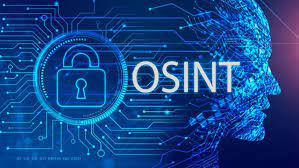Active Directory (Part 11.2)

Lateral Movement and Pivoting These are the general techniques used by the attackers within a network or domain. Penetration testers should make themselves familiar with these tactics. WMI Lateral Movement WMI enables administrators to perform various management tasks on Windows system. It is based on the WBEM standard, an enterprise standard for management information across devices. It can be very useful for performing tasks like accessing system information, starting/stopping services and executing processes remotely. However, it can also be abused by attackers to move from one system to another within a network. The penetration tester can connect to WMI via PowerShell commands. WMI sessions can be established with the help of DCOM (Distributed Component Object Model) or Wsman (Web Services Management) protocols to perform various management tasks on Windows system. PowerShell and WMI technologies makes it possible to remotely spawn a process on a Windows system. O...









